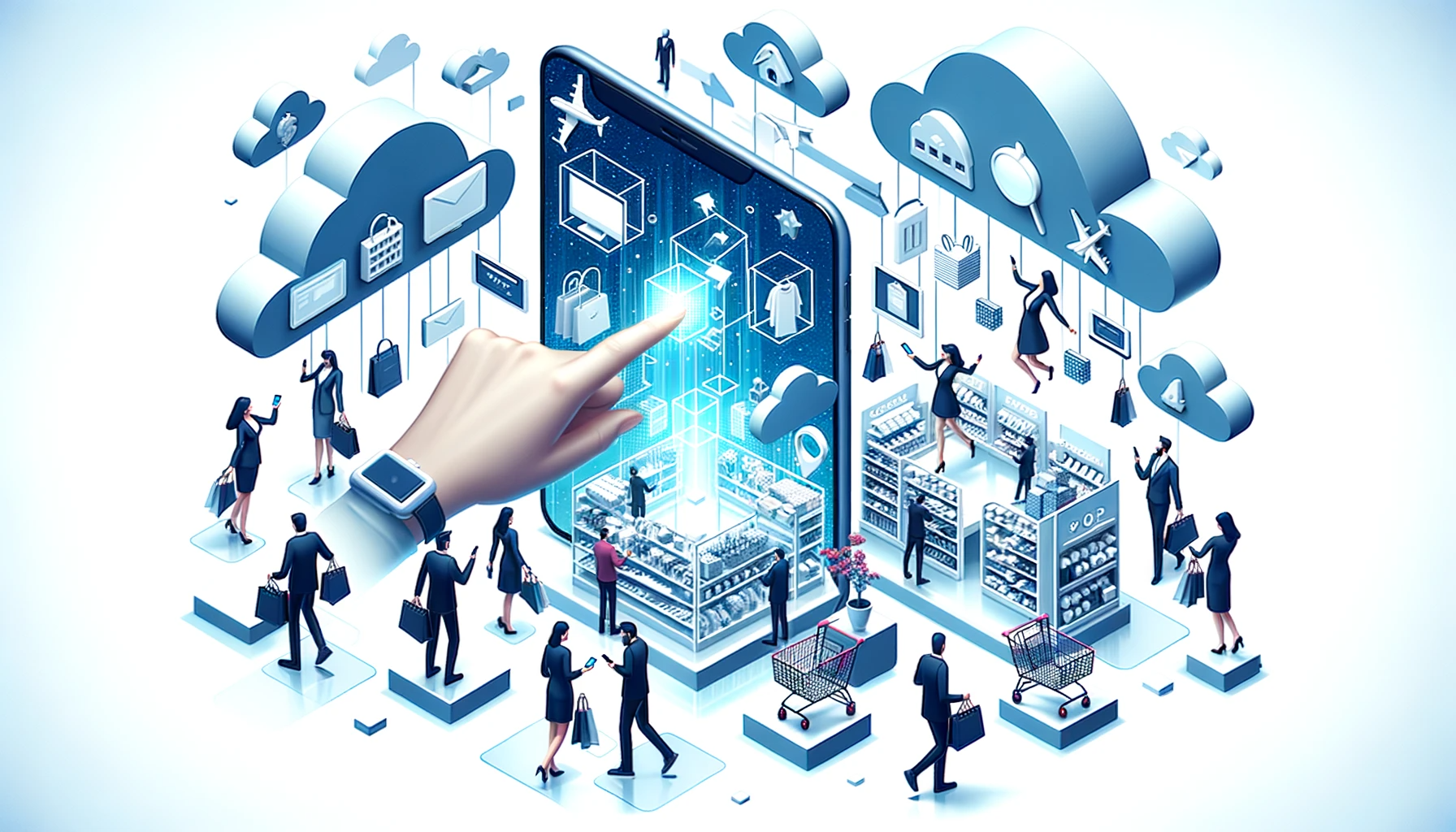Cloud computing has revolutionized the world in multiple ways; none more apparent than in the evolution of Software as a Service (SaaS). In the golden era of digital transformation, SaaS and Cloud Computing are interwoven in an intricate dance, catalyzing significant changes in the ways we view, utilize, and perceive software. In this article, let’s dig deeper into the relationship between SaaS and cloud computing, exploring different perspectives.
The SaaS-Cloud Dynamics: A Technical Perspective
SaaS is essentially a software distribution model, wherein applications are hosted by a service provider and made available to its customers over the internet. On the other hand, cloud computing refers to the delivery of computing resources over the internet, which includes servers, storage, databases, networking, software, analytics, and more.
The potency of SaaS is a direct consequence of the flexibility of cloud computing. Instead of installing and maintaining software, users can simply access it via the cloud, freeing them from complex software and hardware management. SaaS applications are built and run on a SaaS provider’s cloud infrastructure.
For example, Microsoft Azure, a cloud-based service, provides platforms and environments for developing, managing, and hosting SaaS applications, which users can access directly through web portals, API, etc., without worrying about underlying software or hardware’s intricacies.
The SaaS-Cloud Correlation: A Business Perspective
From a business perspective, integrating SaaS with cloud computing significantly reduces IT costs by eliminating the need for physical infrastructures such as hardware and software. It also negates the necessity of maintaining a dedicated IT team to handle software updates and deal with technical glitches.
For instance, Salesforce, a renowned CRM solution, uses a cloud-based, multi-tenant architecture, which means all its users share a single, common infrastructure and code base that is centrally maintained. It releases regular updates, assuring users of enhanced functionalities and a bug-free environment without extra handling charge.
Relationship Between SaaS and Cloud Computing: A User Perspective
For users, this harmony between SaaS and cloud computing equates to convenience, flexibility, and substantial time-saving. Users can access SaaS applications from any device, anywhere, anytime, as long as they have internet connectivity.
Google Drive, a cloud-based storage platform, lets users create, store, and collaborate on files and documents online. It’s a SaaS application that provides all the functionalities of a traditional office suite but within a browser. Users do not require specific software installed on their device, and they can work seamlessly across diverse devices.
SaaS-Cloud Symbiosis: An Innovation Perspective
The blending of SaaS and cloud computing is also fostering innovative models, such as Platform as a Service (PaaS) and Infrastructure as a Service (IaaS). These models integrate the scalability and flexibility of cloud computing with the ease and accessibility of SaaS.
For example, IBM’s Bluemix combines PaaS with IaaS to give developers a complete suite of tools and services for creating innovative and robust applications. It provides a fast and easy cloud-based solution for developing, deploying, and managing applications, underlining the role of cloud computing in enabling SaaS innovation.
Conclusion
In essence, the development of SaaS is intricately related and indeed largely dependent on the evolution and flexibility of cloud computing. Different perspectives reveal the broad spectrum of this relationship. Whether it is the ins and outs of technical foundations or the business, user, and innovation perspectives, SaaS and cloud computing are demonstrably vital cogs in the technology wheel, and any shifts in either could significantly reshape the future technological landscape.”
